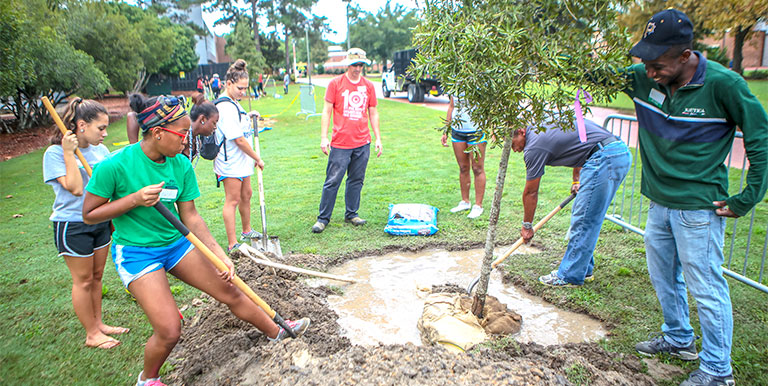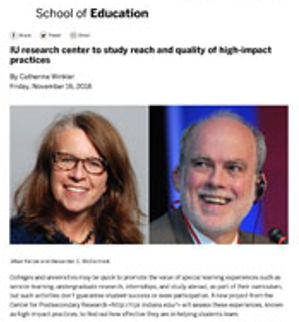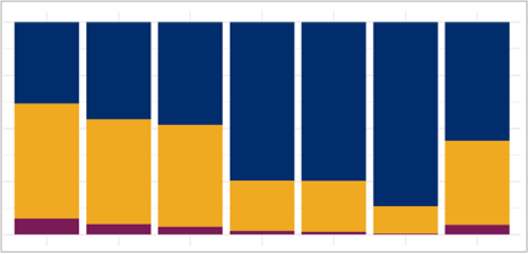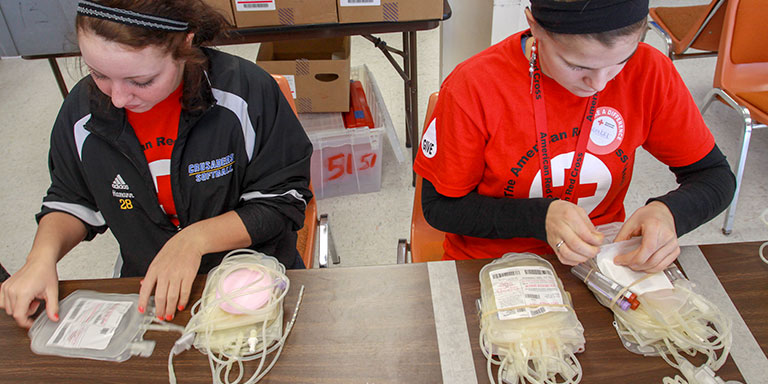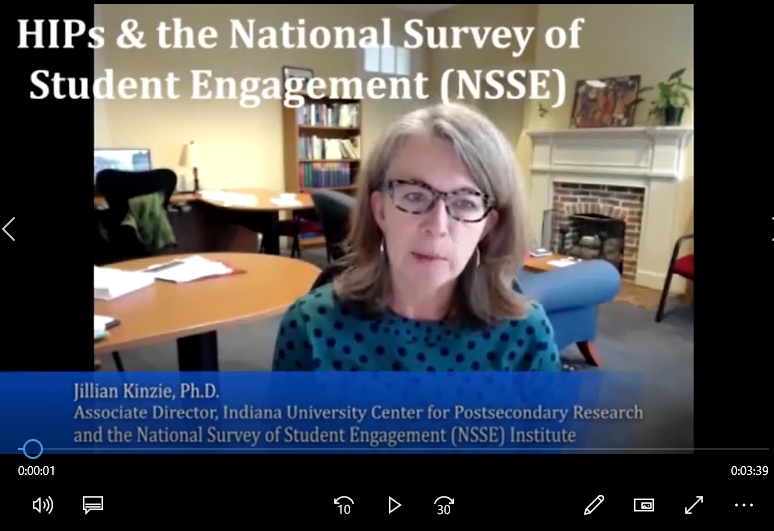The Assessing Quality and Equity in High-Impact Practices (HIPs) project, supported by Lumina Foundation, builds on NSSE’s key role in catalyzing interest in HIPs, assessing HIPs, and supporting colleges and universities to use NSSE data to improve HIP quality and equity. It also builds on our longstanding commitment to study and advance effective educational practice and student success. It promises an approach to address the current urgency to make HIPs more widespread while assuring their effectiveness, as well as to develop long-term strategies for studying and assessing HIPs.
The first phase of research supported the most comprehensive data yet on HIP implementation and equity, exploring the extent to which HIP experiences incorporate elements theorized to account for their educational benefits and equitable access to high-quality HIPs. The initial summary of project findings, "Assessing Quality and Equity in High-Impact Practices: Comprehensive Report" was delivered July 2020.
The Project Continues - HIPS in Practice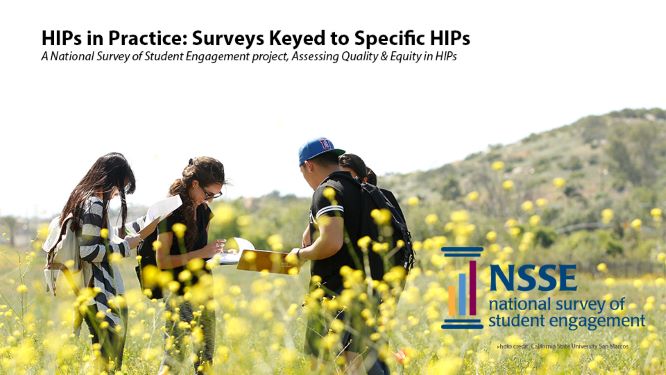
Phase II of the project—named HIPs in Practice—deepens our investigation by collecting even more contextualized data through purpose-built surveys keyed to specific HIP experiences. Investigation of the equity dimensions remains a central focus, and the new project will include qualitative research into the experiences of racially minoritized students in HIPs.
Read the report for all participating institutions
HIPs in Practice—Interviews with Students (Fall 2021-Winter 2022)
To deepen our understanding of how racially minoritized students view and experience HIPs, we are planning to conduct student interviews. Research associate Sylvia Washington is currently inviting institutions to serve as interview sites.
HIPs in Practice—Surveys Keyed to Specific HIPs (Spring 2021)
HIPs in Practice is a targeted data collection focused on students participating in specific HIPs. During Spring 2021, we explored two HIPs—learning communities and culminating experiences (capstone course, senior project, etc.). The item sets include a series of questions specific to each HIP, engagement-related questions drawn from NSSE, and items adapted from NSSE’s module on Inclusiveness and Engagement with Cultural Diversity (to examine equity).
Download the Learning Community Questions
Download the Culminating Experience Questions
Whereas NSSE examines students’ experience over the current school year, these questions are tied to specific HIP experiences, affording a more robust examination of the engagement benefits of HIP participation.


